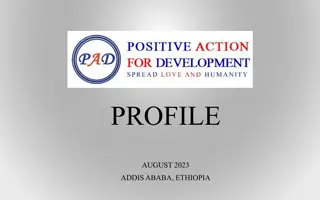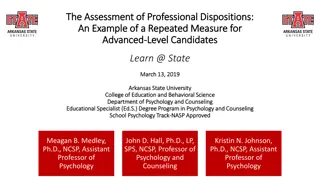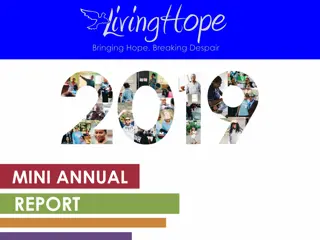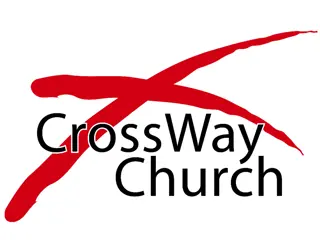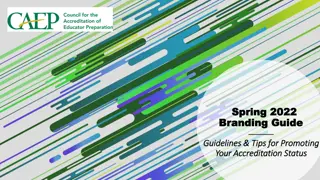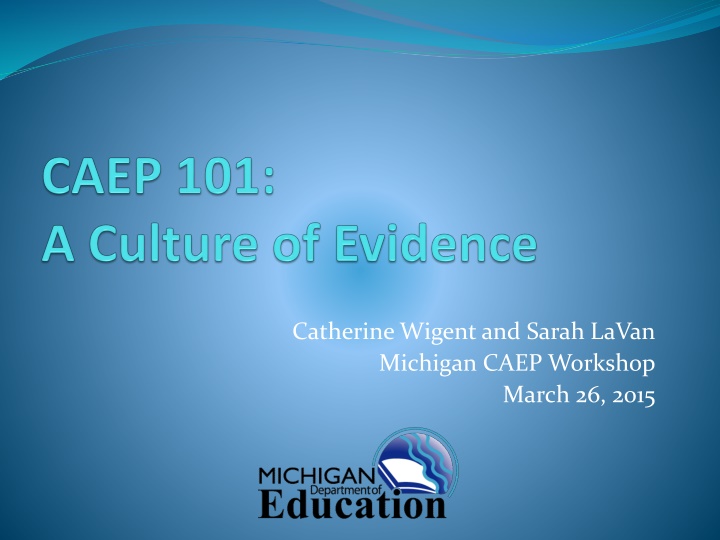
CAEP Standards and Evidence for Educator Preparation
Explore key aspects of the CAEP framework including new paradigms, standards, evidence, pathways, and improvement strategies for quality assurance and continuous enhancement in educator preparation programs.
Download Presentation

Please find below an Image/Link to download the presentation.
The content on the website is provided AS IS for your information and personal use only. It may not be sold, licensed, or shared on other websites without obtaining consent from the author. If you encounter any issues during the download, it is possible that the publisher has removed the file from their server.
You are allowed to download the files provided on this website for personal or commercial use, subject to the condition that they are used lawfully. All files are the property of their respective owners.
The content on the website is provided AS IS for your information and personal use only. It may not be sold, licensed, or shared on other websites without obtaining consent from the author.
E N D
Presentation Transcript
Catherine Wigent and Sarah LaVan Michigan CAEP Workshop March 26, 2015
Learning Objectives 1. Discuss CAEP s new paradigm 2. Review the CAEP standards and evidence 3. Examine CAEP s pathways What is the structure of each pathway? What are the general timelines? 4. Review the CAEP milestone dates
New Paradigm: Culture of Evidence (Handbook page 6)
CAEP Standards and Evidence (Handbook pages 13-23) Standard 1 Content and pedagogical knowledge Michigan Career and College Ready Standard 2 Clinical partnerships and practice Standard 3 Candidate quality, recruitment, and selectivity (Handbook: version 2) Standard 4 Program impact Standard 5 Provider quality assurance and continuous improvement
Evidence: How will you use your evidence to tell your story?
CAEP Pathways: Which to Choose? (Handbook pages 7 and 40) SI TI IB
SI and IB Pathways Selected Improvement Structure and evidence based on CAEP standards Select one standard in which to focus Inquiry Brief Inquiry driven Make claims about candidate outcomes and investigate extent to which claims are met Present evidence to support all claims
Selected Improvement (Handbook pages 51-61) Step-by-step through standards making a case for meeting each standard using evidence Selected Improvement Plan demonstrate progress in achieving a higher level Rationale for focus area with baseline data Sets measurable yearly goals Focus on standards 5.3 and 5.4 & all of standard 4
Selected Improvement (Handbook pages 53-54) 3 years in advance of site visit EPI submits: 1. SPA and/or 2. Early evaluation of instruments October 1 for fall semester April 1 for spring semester 8 months prior to site visit EPI submits self study, including SI plan and formative feedback report No less than 60 days prior to site visit EPI submits response to the Formative Feedback Report
Inquiry Brief (Handbook pages 40-51) Uses claims (or poses questions) Rationales for assessments Methodology for collecting data and assurance of quality of evidence Results outcomes of assessments by claim Internal audit report (Appendix) - devises and undertakes probes to verify that the system is working as designed
Inquiry Brief Milestone Dates (Handbook pages 40-41) 3 years in advance of site visit EPI submits: 1. SPA and/or 2. Early evaluation of instruments October 1 for fall semester April 1 for spring semester 9-12 months prior to site visit EPI submits first draft of self study 4 months prior to site visit CAEP declares self study auditable 4 weeks prior to site visit CAEP site visitor team draft report sent out
Assessment of the Assessments 3 years in advance of site visit Early evaluation of instruments October 1 for fall semester April 1 for spring semester Assessment Rubric http://caepnet.org/resources/
Other Aspects to Notice Phase in Schedule (handbook pages 82-83) Standards and Evidence Examples (Appendix A) Optional Early Instrument Evaluation (handbook pages 26-27)

